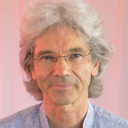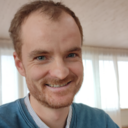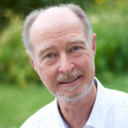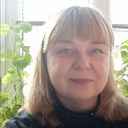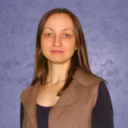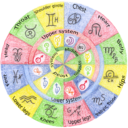Harald Haas: What is Trauma and What is not Trauma?
At the bottom of this page you will find Harald's presentation.
Original source to Harald's quote at minute 1:40. Movements with the arms calm the head:
If we take the two outer organisms, that of the nerves and senses and that of the trunk, limbs and metabolic activities, we find an actual opposition between them which is very plainly visible to a spiritual-scientific anatomy and physiology. Say, for example, we are walking. There is motion in our limb-organism, movement in space. To this motion there corresponds in a certain portion of our nerves and senses organism, our head organism, a kind of rest, proportional to the amount of activity or movement in our limb organism. Please try to understand this correctly. I said: a proportional amount of rest. Rest is generally thought of as absolute. A person who is seated, is seated, and people do not notice the degree of intensity with which he sits! This is permissible in ordinary life, where there is no need to make such fine distinctions.
But it is not permissible in dealing with the organism of nerves and senses. If we run fast, if our limb organism moves fast, then in our nerves and senses organism there is a stronger desire to be at rest than if we were sauntering along slowly. And everything that happens in our limb organism — or indeed in our metabolic organism, when, for example, the digestive fluids are being kept active by intestinal movements — produces a tendency to rest in our nerves and senses organism. The fact comes to expression externally, as we know.
The head, the principal seat of the nerves and senses organism, is a lazybones compared with the limb organism. It behaves much like a man who sits in a cab and lets himself be drawn along by the horse. The man is at rest; and so does our head sit quietly on the rest of our organism. The head is not even interested if, for instance, I wave my arms! So waving my left arm causes a calm tendency in the right side of my head, and waving my right arm causes a calm tendency in the left side of my head. And to this tendency to rest is to be ascribed our ability to accompany our movements with thoughts and ideas.
It is quite a mistaken notion of materialistic philosophy that ideas originate from movements in the nerves. On the contrary, if they are ideas about motion in space, they are caused by tendencies to rest in the nervous system. The nervous system quiets down; and because it becomes quiet and abates its vital activities, thoughts find their way into this state of rest and become real for us. Anyone who can look at man with the vision of Spiritual Science and see what happens when he thinks and when ideas occur to him, can never be a materialist, for he knows that in the very same measure that thoughts, in their nature as soul-and spirit substance, become active and busy — in the same measure do the nerves grow quiet, lose their vitality and energy and even become numb. The nervous system must cease its material activities before it can make room for the soul-and-spirit element of thought.
Rudolf Steiner, Man and the World of Stars. The Spiritual Communion of Mankind, December 31, 1922, GA 219. Source DE, Source EN

